Horse Stalls 101:
- Fully Welded Horse Stalls vs. Horse Stall Kits
- Sliding Horse Stalls –Centered or Off-Centered Stall Doors?
- Horse Stalls 101
- Horse Stall Partitions – Explained
- What Drives Cost in a Luxury Horse Stall?
Understanding Finishes & Maintenance:
- Understanding Horse Stall Finishes
- The Best Way to Care & Maintain Your Horse Stalls
- Choosing Lumber for Horse Stalls and Barn Doors
- Our Thoughts on Mesh
Horse Stall and Barn Flooring:
- Flooring 101 for Horse Stalls
- Horse Stall Mattresses 101 for Horse Stalls
- Why Use Rubber Pavers for the Horse Barn?
- 3 Flooring Options for Your Barn’s Aisle
Do you have more questions regarding your existing stall doors or a new stalls project? Contact us today and our team would be happy to assist with any questions and project planning.






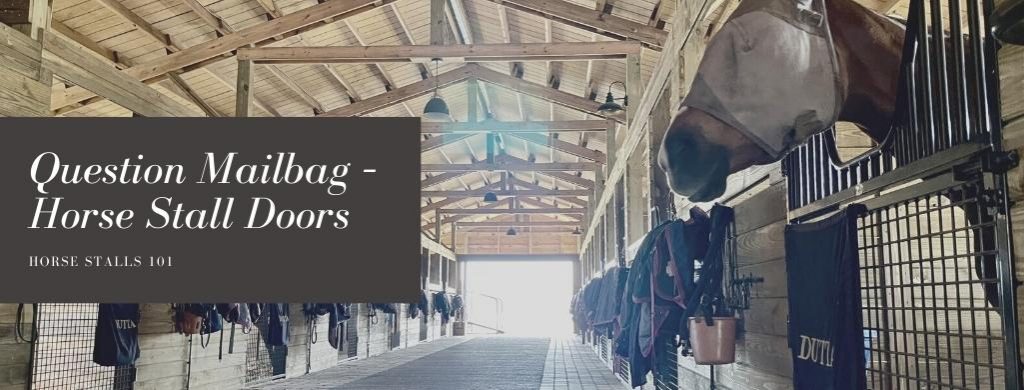



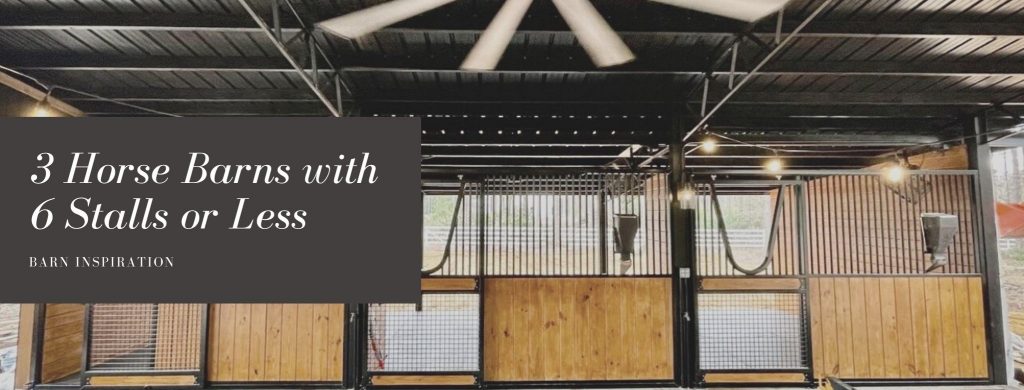









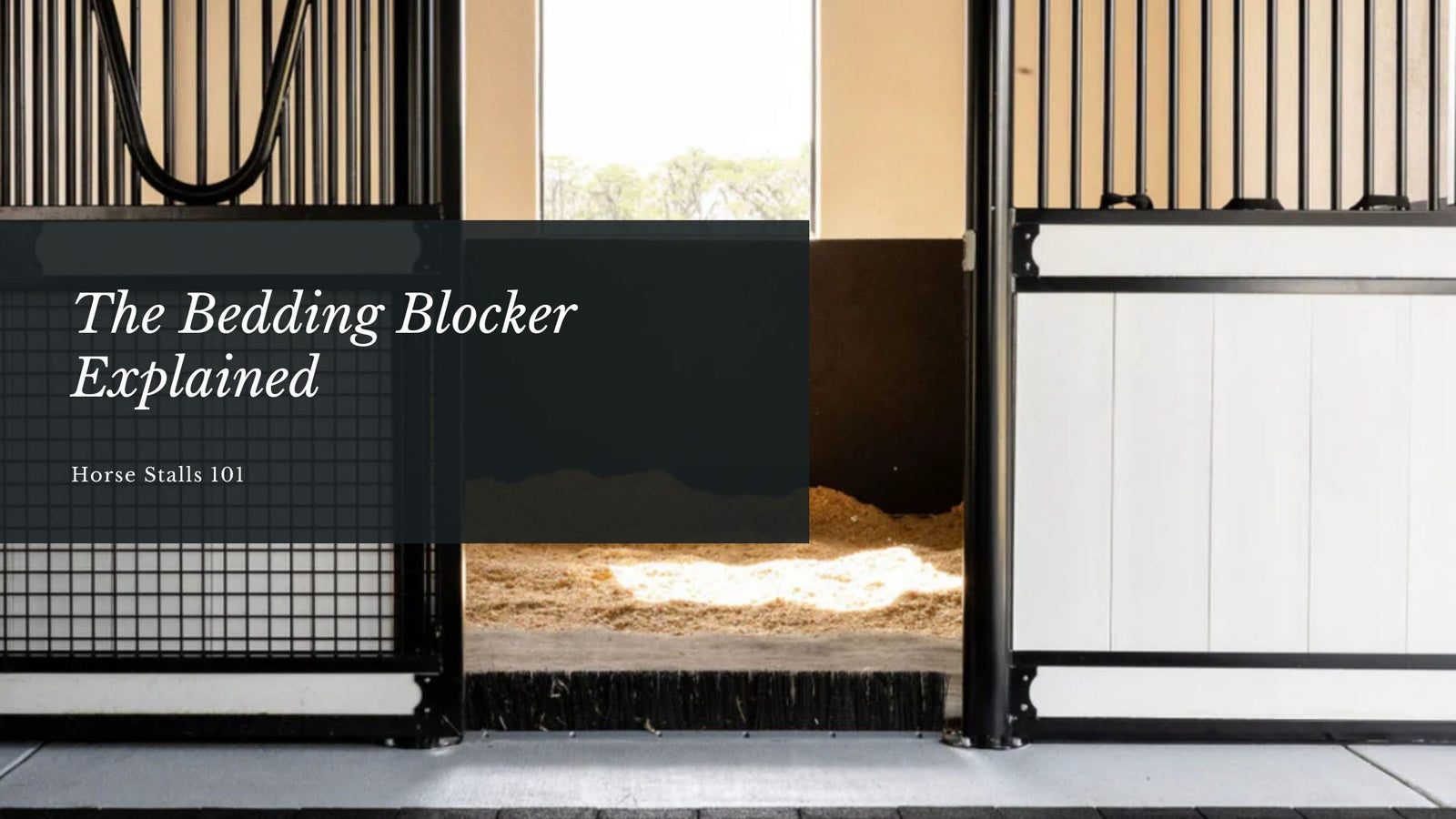


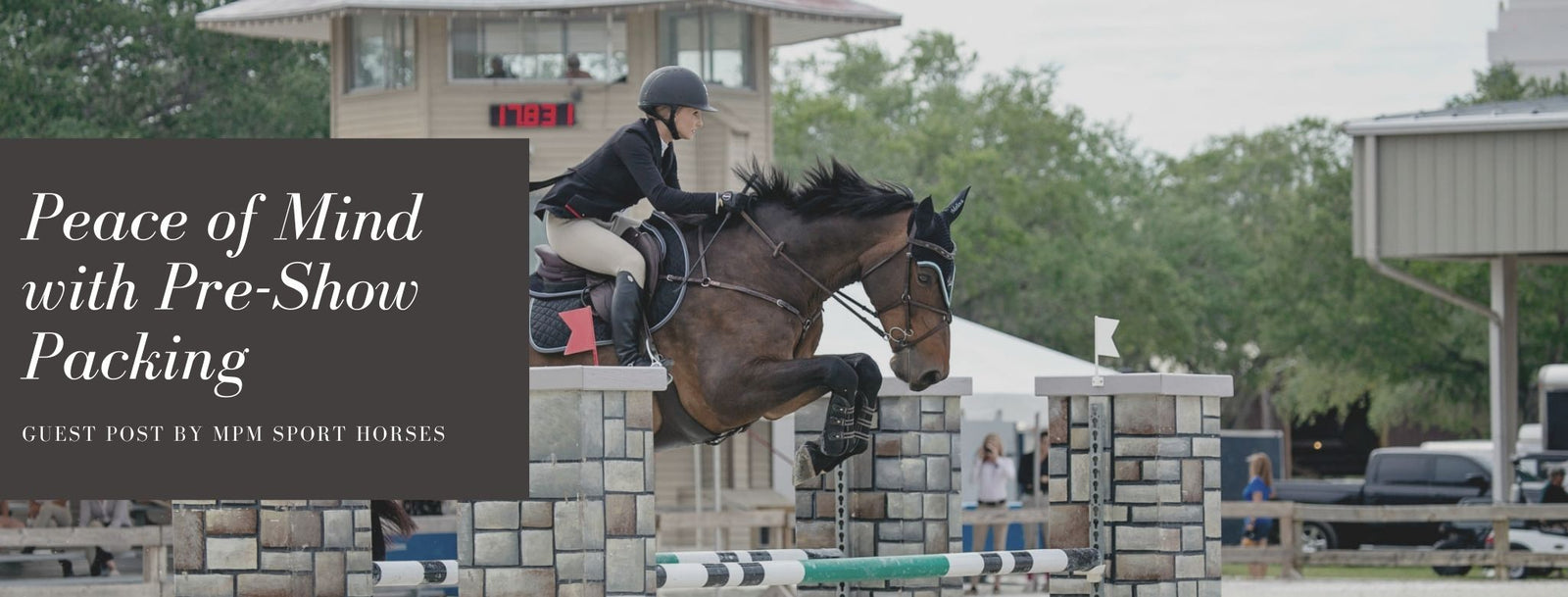

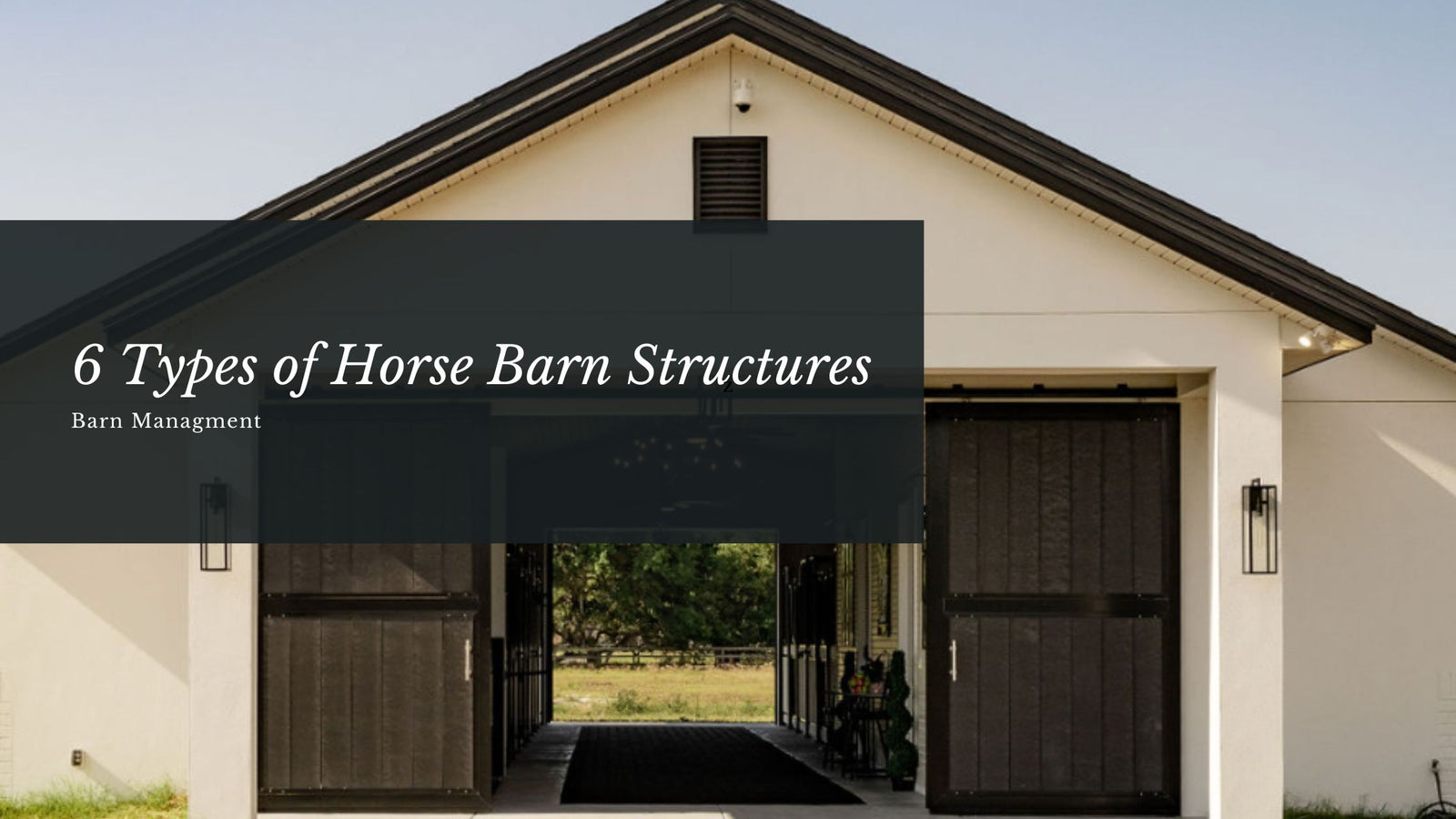
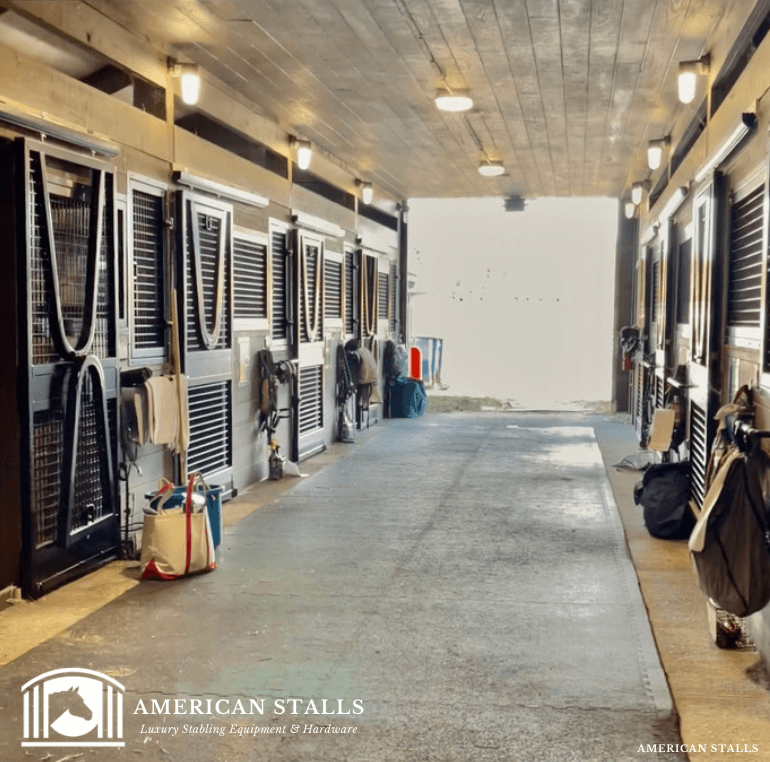


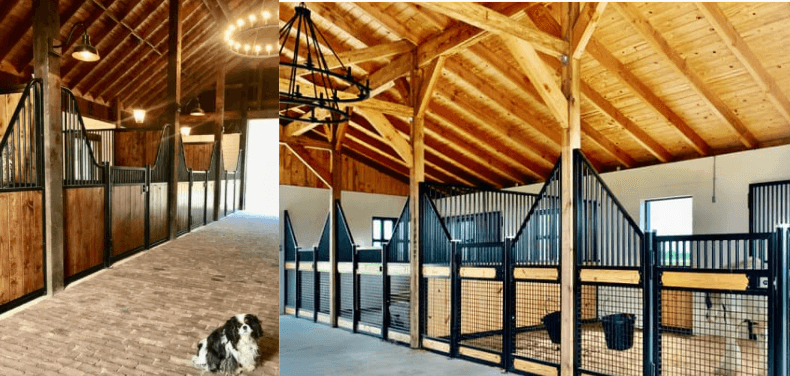



 Horse barns – without the involvement of an equine architect – can still be beautiful and extremely functional.
Horse barns – without the involvement of an equine architect – can still be beautiful and extremely functional.